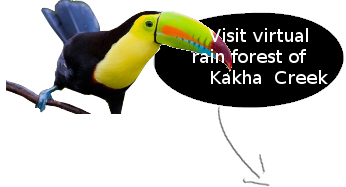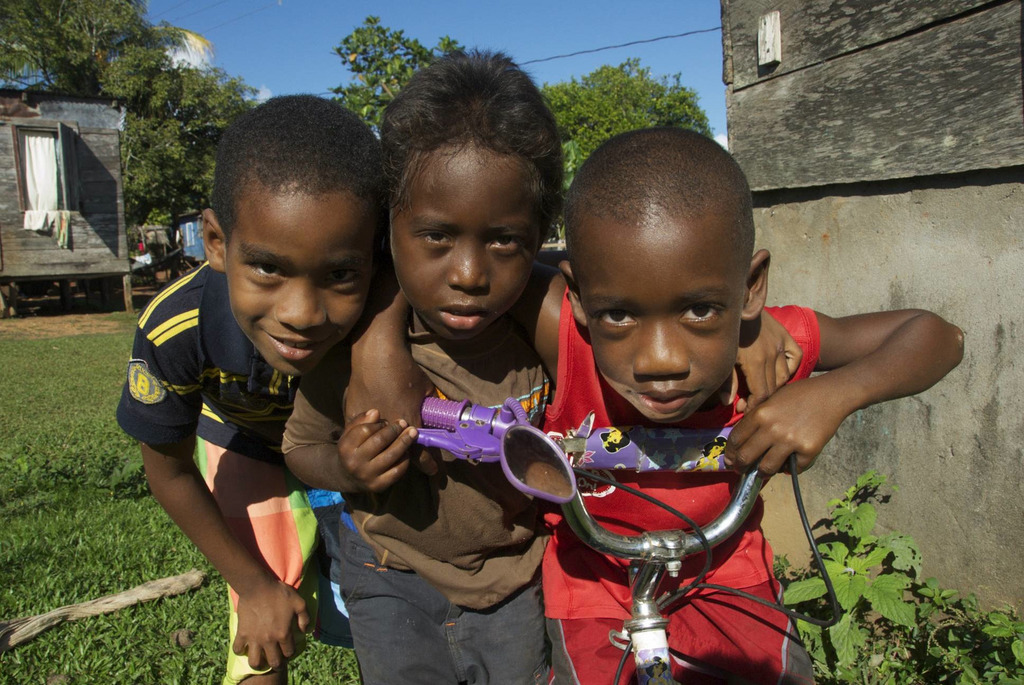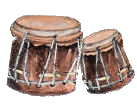Garifuna is spoken in Central America, especially in Honduras (146,000 speakers), but also in Guatemala (20,000 speakers), Belize (14,100 speakers),Nicaragua (2,600 speakers), and the US, particularly in New York City, where it is spoken in Queens, Brooklyn and the Bronx. By the 1980s, the influx of Central Americans made languages including Garifuna begin having a presence in Houston. The first feature film in the Garifuna language, Garifuna in Peril, was released in 2012.
The Garinagu (singular Garifuna) are a mix of West/Central African, Arawak, and Carib ancestry. Though they were captives removed from their homelands, these people were never documented as slaves. The two prevailing theories are that they were the survivors of two recorded shipwrecks or they somehow took over the ship on which they came. The more Western and Central African-looking people were transferred by the British from Saint Vincent to islands in the Bay of Hondurasin 1796.
Their linguistic ancestors, Carib people, who gave their name to the Caribbean, once lived throughout the Lesser Antilles, and although their language is now extinctthere, ethnic Caribs still live on Dominica, Trinidad, Saint Lucia, and Saint Vincent. The Caribs had conquered the previous population of the islands, Arawakan peoples like the Taino and Palikur peoples. During the conquest, which was conducted primarily by men, the Carib married Arawakan women. Children were raised by their mothers speaking Arawak, but as boys came of age, their fathers taught them Carib, a language still spoken in mainland South America. When European missionaries described the Island Carib people in the 17th century, they recorded two unrelated languages: Carib spoken by the men and Arawak spoken by the women. However, while the boys acquired Carib vocabulary, after a few generations, they retained the Arawakan grammar of their first language. Thus, Island Carib, as spoken by men, was genetically either a mixed language or a relexified language. Over the generations, men substituted fewer Arawak words, and many Carib words diffused to the women so the amount of distinctly male vocabulary diminished until both genders spoke Arawak, with an infusion of Carib vocabulary and distinct words in only a handful of cases.





